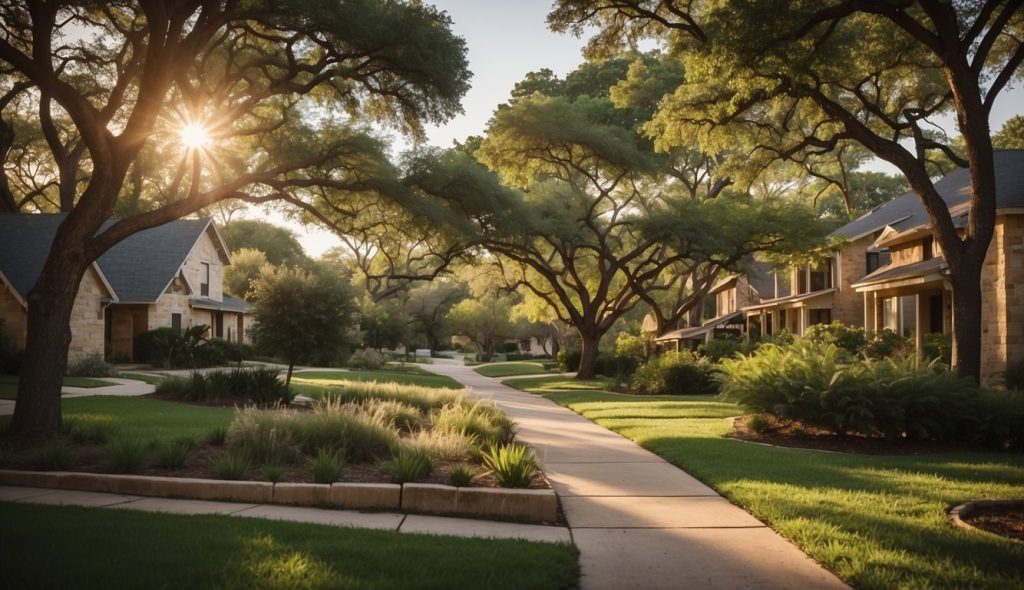- 🌍 Ann Arbor, MI, ranks as the top city for quality of life in the U.S., valued for its education, safety, and short commutes.
- 🔍 High quality of life doesn’t equate to affordability; top cities often require a significant portion of income for mortgages.
- 🌆 The top 15 list includes diverse locations across the U.S., with the South leading with six cities.
- 🏞️ Cities like Boise, ID, and Boulder, CO, offer abundant outdoor activities, attracting nature enthusiasts.
- 🎨 Cities have various cultural attractions, from Asheville’s art scene to Boston’s historic spots.
- 💰 The price-to-income sustainability remains challenging, with cities like Boulder and Boston demanding over 70% of income for housing.
- 🏙️ Discussions from Realtor.com emphasize the challenges median earners face in affording homes in these top-ranked cities.
America is vast and diverse, teeming with cities offering various lifestyles and opportunities. Among these, certain cities stand out for their exceptional quality of life. This exploration delves into what makes these cities unique, the challenges they face, and how affordability impacts their allure.
Discovering Ann Arbor’s Top Spot
Ann Arbor, Michigan, emerges as the frontrunner for quality of life in the United States. Celebrated for its high-caliber educational institutions, notably the University of Michigan, the city offers a robust intellectual and cultural milieu. Coupled with low crime rates and short commute times, these factors contribute significantly to Ann Arbor’s high ranking.
A Double-Edged Sword: Quality Versus Affordability
Despite topping the quality of life list, affordability remains a pressing issue. Many cities offering a superior lifestyle also demand substantial income allocation toward housing. Homes in Ann Arbor are a case in point, with mortgages necessitating a large chunk of residents’ earnings. This reality underscores the disparity between quality living and financial feasibility, a conundrum facing many urban dwellers.
Diverse Cityscapes Across America
The top 15 cities span various regions in the U.S., with the South claiming six spots, showcasing its appeal to those chasing quality life amid historical and cultural richness. Cities like Raleigh, North Carolina, and Greenville, South Carolina, epitomize this charm.
On the other hand, Midwest and Western cities such as Madison, Wisconsin, and Boise, Idaho, attract those inclined towards outdoor adventures and serene landscapes. The unparalleled natural beauty of these areas, coupled with thriving downtown scenes, offer residents a balanced lifestyle between urban amenities and nature.
Cultural Centers and Outdoor Havens
Cultural attractions abound in these top cities, each offering unique experiences. Asheville, North Carolina, delights with a vibrant art scene, while Boston, Massachusetts, enthralls with historical significance. From museums to music festivals, these cultural hubs provide endless enrichment.
For nature lovers, cities like Boulder, Colorado, and Boise are paradises with extensive hiking trails and stunning vistas. These settings not only enhance physical wellness but also contribute to a peaceful, fulfilling life.
The Affordability Challenge: A Closer Look
The disparity between housing costs and income levels remains a critical issue in these high-quality-of-life cities. Boston and Boulder present stark examples, where median earners spend over 70% of their income on housing, highlighting the struggle to maintain the coveted lifestyle without financial strain.
Conclusion: Balancing Dreams with Reality
Selecting a city with high quality of life involves juggling aspirations with practicalities. While these cities promise enriching lives, they also demand rigorous financial strategies, particularly in balancing mortgages with other living expenses.
Understanding the factors that determine these rankings and the impact of housing costs will assist individuals and families in making informed decisions about where to settle, ultimately finding a place that best aligns with their lifestyle aspirations and financial realities.






